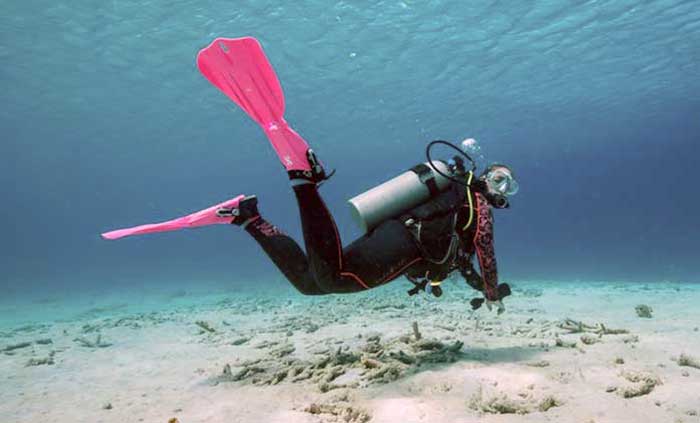STINAPA just announced that Bonaire is under a Bleaching Alert.
What does this mean?
According to NOAA’s coral reef watch, Bonaire, Curacao, and Aruba are under alert level 2 of coral bleaching. Alert level 2 means that bleaching is expected. Alert level 1 means significant coral bleaching is expected, along with likely mortality. This is due to the high level of heat in the sea.
What is coral bleaching?
Humans aren’t the only ones feeling the heat lately. The corals feel it as well. When corals are under stress, often caused by rising sea surface temperatures, the symbiotic relationship between the corals and their zooxanthellae (unicellular algae) breaks down. The zooxanthellae, which give corals their vibrant color, slowly leave. This causes the coral to become paler and paler, thus the term bleaching. Coral may live for several weeks in this condition. However, if the stressor doesn’t go away, such as the sea surface temperature doesn’t decrease, then coral will slowly starve to death.
What can we do?
- Use reef-safe sunscreen that doesn’t contain oxybenzone or octinoxate. Opt for mineral sunscreens. When you are cautious about what type of sunscreen you use, it is not only better for our coral but better for your skin as well.
- Practice perfect buoyancy skills. Avoid touching, stepping, or removing anything from Bonaire National Marine Park, as the corals can be extremely vulnerable. Need help with your buoyancy? Many dive shops on Bonaire teach Peak Performance Buoyancy. Consider signing up for the course.
- Recycle and decrease your own waste. Reducing stressors will help corals have a fighting chance at survival.
- Report any suspected coral bleaching to STINAPA along with the following information:
-
- Dive Site
- Depth
- Severity of bleaching
- Date
- Include anything else that might be relevant.
-
As divers, we can always do things to help the corals, such as change our behaviors and report any concerns to STINAPA.
(Source: STINAPA)








